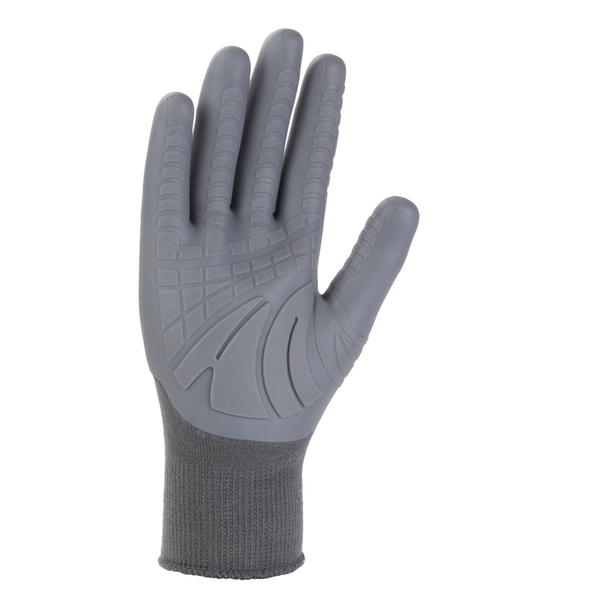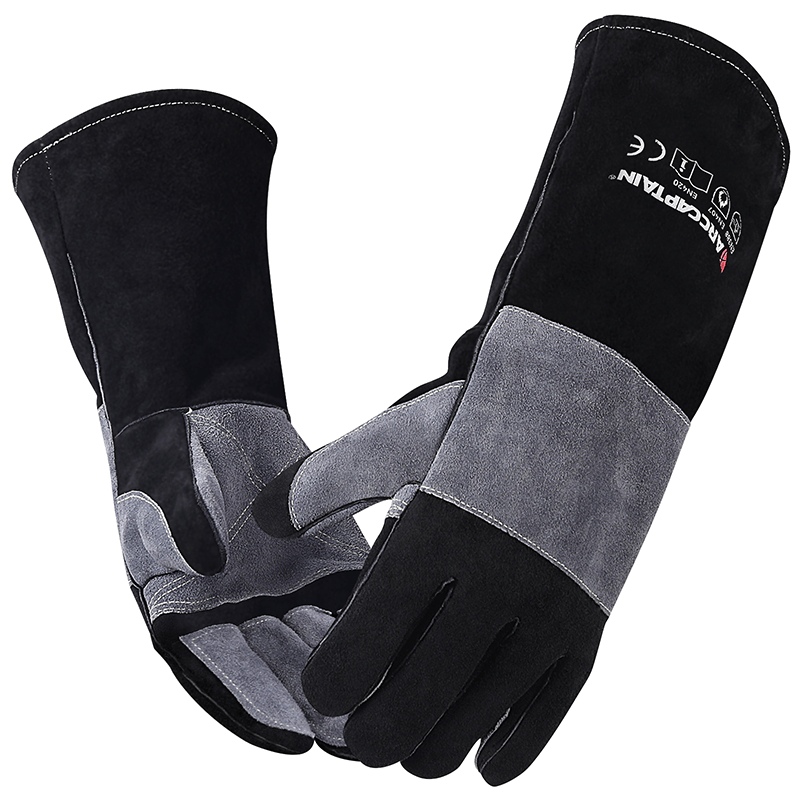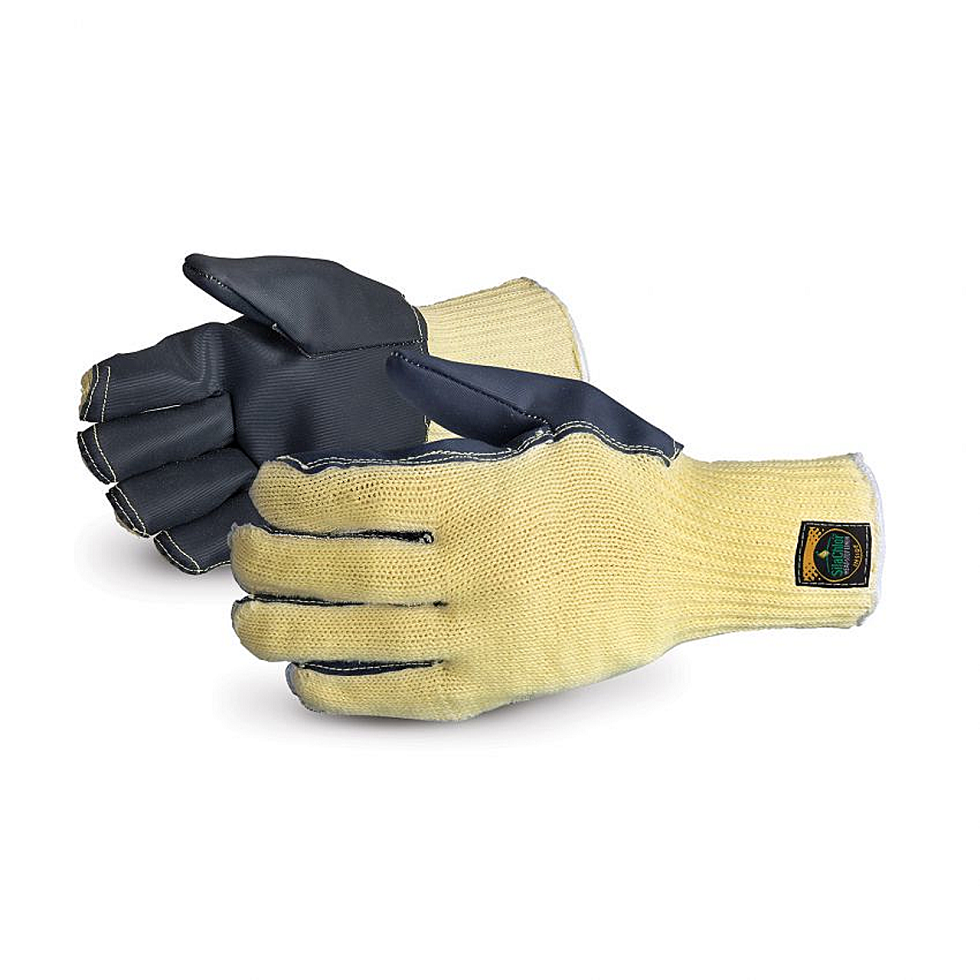Introduction
Heat-resistant gloves are a staple for both professionals and hobbyists who work in high-temperature environments. These gloves offer critical protection, preventing burns and other heat-related injuries. Whether you are welding, cooking, or handling hot machinery, heat-resistant gloves can offer the safety and comfort you need. They come in various materials and designs, each catering to different levels of heat exposure and specific job requirements. In this detailed guide, we will explore the importance of heat-resistant gloves, the different types available, their applications, and how to maintain them for optimum performance.
Why Heat-Resistant Gloves Are Important
Safety First: Preventing Injuries
Heat-resistant gloves primarily serve the purpose of protecting the wearer from thermal hazards. Burns can range from mild to severe and can have long-lasting effects, including nerve damage and scarring. By wearing heat-resistant gloves, individuals can handle hot objects or work near open flames without suffering from these painful injuries. The gloves act as a barrier, insulating the skin from high temperatures.
Versatility Across Various Industries
Different industries require varying levels of heat protection, and heat-resistant gloves are designed to meet these diverse needs. For example, welders require gloves that can withstand not just high temperatures but also exposure to sparks and molten metal. In contrast, bakers might need gloves that are flexible and comfortable for handling hot trays and ovens. The versatility of heat-resistant gloves makes them indispensable in numerous fields, including automotive, manufacturing, and even healthcare.
Enhanced Performance
Working in high-temperature environments can be stressful and tiring. Heat-resistant gloves help in reducing the physical strain and mental stress associated with such work. When workers are confident in their safety gear, they can focus better on the tasks at hand. This leads to improved performance and productivity. Employers benefit from reduced workplace injuries, which can lower insurance costs and improve overall workplace morale.
Types of Heat-Resistant Gloves
Fabric-Based Heat-Resistant Gloves
Fabric-based gloves, often made from materials like Kevlar or Nomex, provide excellent resistance to heat while offering flexibility and comfort. These gloves are generally used in light-duty applications such as kitchen work or light electrical tasks. Their ability to withstand moderate heat makes them ideal for tasks that require a good grip and dexterity. However, they may not be suitable for extremely high-temperature environments as they lack the robustness of some other materials.
Leather Heat-Resistant Gloves
Leather gloves are incredibly durable and offer excellent heat resistance. They are commonly used in welding and other heavy-duty applications. Leather provides a natural barrier against heat while maintaining a good level of flexibility. These gloves often have additional layers or linings to improve their heat-resistant properties. Leather is also resistant to punctures and cuts, adding an extra layer of protection. However, they can be bulky and less comfortable for tasks that require fine motor skills.
Rubber and Silicone-Coated Heat-Resistant Gloves
Rubber and silicone-coated gloves offer exceptional heat resistance and are often used in industrial environments. The coating provides a grippy surface, which is ideal for handling hot and slippery objects. These gloves are usually waterproof, making them suitable for tasks that involve both heat and moisture. They are often used in chemical plants, food processing units, and laboratories. The downside is that they can be less breathable, which might cause discomfort during prolonged use.
Aluminized Heat-Resistant Gloves
Aluminized gloves are designed for extreme heat conditions. They have a reflective surface that deflects radiant heat, making them ideal for foundries and metalworking shops. These gloves often have multiple layers of insulation, providing maximum protection against high temperatures. They are best used in environments where the heat is intense and prolonged. The downside is that they can be heavy and cumbersome, restricting movement to some extent.
Key Features to Look For in Heat-Resistant Gloves
Insulation and Heat Resistance
The primary feature to consider is the level of heat resistance and insulation. Check the temperature rating to ensure that the gloves can handle the specific heat levels you will be exposed to. Double-layered or multi-layered gloves usually offer better insulation. Make sure the gloves meet industry standards for thermal resistance.
Comfort and Fit
Comfort is crucial when working with heat-resistant gloves. Gloves that are too tight can restrict blood flow, while those that are too loose can slip off during tasks. Look for gloves with adjustable straps or elastic cuffs for a secure fit. Padding and inner linings add to the comfort, making them more suitable for prolonged use.
Durability and Material Strength
The material of the gloves determines their durability and longevity. Leather and aluminized gloves are generally more durable, while fabric-based and rubber-coated gloves may wear out faster. Consider the type of work you’ll be doing to choose a material that offers both durability and resistance to wear and tear.
Grip and Dexterity
Having a good grip and dexterity is essential, especially in high-risk environments. Look for gloves with textured surfaces or additional grip pads. Features like reinforced fingers and palms can enhance grip and improve the handling of objects. Good dexterity allows for more precise movements, which is crucial for tasks that require a fine touch.
Applications of Heat-Resistant Gloves
Welding and Metal Work
In welding and metalwork industries, heat-resistant gloves are a necessity. Welders are exposed to high temperatures, sparks, and molten metal. Gloves designed for welding often include additional features like flame resistance and puncture resistance. These gloves protect against both radiant and contact heat, offering a comprehensive solution for safety.
Cooking and Baking
In the culinary world, chefs and bakers use heat-resistant gloves to handle hot pots, pans, and trays. These gloves need to be flexible and comfortable, as they will be worn for extended periods. Silicone-coated gloves are popular in kitchens because of their excellent grip and heat resistance. They are also easy to clean, making them hygienic for food preparation.
Industrial Manufacturing
Manufacturing plants often involve processes that generate high heat, such as molding, casting, and soldering. Heat-resistant gloves in such settings must be durable and provide substantial heat insulation. Rubber-coated and aluminized gloves are common in these industries due to their robust nature and ability to withstand extreme temperatures.
Laboratories and Chemical Plants
In labs and chemical plants, workers are exposed to both heat and hazardous chemicals. Heat-resistant gloves used in these environments should also be resistant to chemical exposure. Rubber and silicone-coated gloves are ideal, providing both thermal and chemical resistance. Waterproof features are an added advantage, ensuring safety in multiple scenarios.
Maintenance and Care of Heat-Resistant Gloves
Regular Inspection
Regularly inspect your heat-resistant gloves for signs of wear and tear. Look for holes, thinning material, or frayed edges. Damaged gloves cannot provide the full protection they are designed for. Replace gloves at the first sign of significant wear to maintain safety standards.
Cleaning and Storage
Proper cleaning extends the life of your gloves. Fabric-based gloves can often be machine-washed, while leather gloves require special cleaning solutions. Consult the manufacturer’s instructions for cleaning. Store gloves in a dry, cool place away from direct sunlight to prevent material degradation.
Routine Replacement
Heat-resistant gloves are subject to wear and tear over time. Depending on the frequency and intensity of use, you may need to replace them periodically. It’s better to err on the side of caution and replace gloves sooner rather than later to ensure maximum protection.
Conclusion
Heat-resistant gloves play a crucial role in protecting individuals from thermal hazards in various industries. From welding to cooking, these gloves provide essential protection, making high-temperature tasks safer and more efficient. By understanding the different types of heat-resistant gloves, their key features, and proper maintenance techniques, you can choose the best gloves for your specific needs. Always prioritize safety, comfort, and durability when selecting heat-resistant gloves to ensure a secure and productive working environment.



